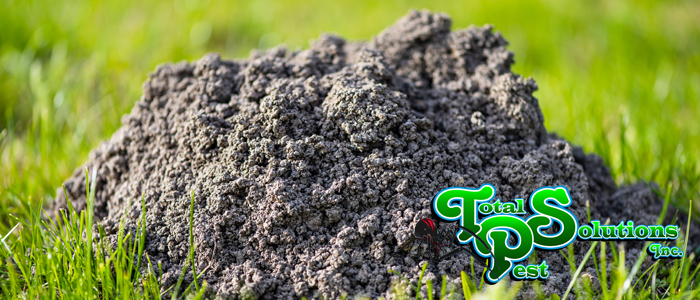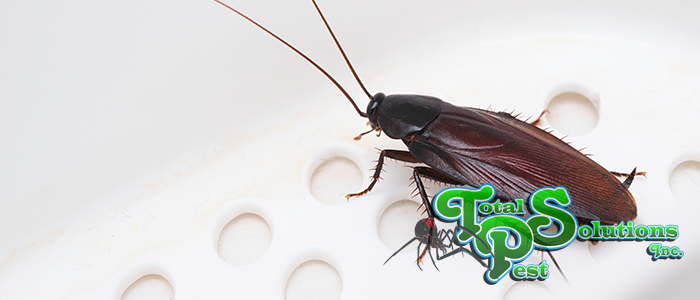
Common Lawn Pests
Healthy lawns are a great addition to any home. Beautiful expanses of well-tended greenery add a picturesque quality to many homes… But what if you start to notice that your little patch of paradise isn’t doing so well? Sure, water and soil conditions can be to blame for browning patches… But many pests can also cause lawn damage. Sometimes, these can be a real nightmare to deal with. Thus it is important to learn how to identify which pests you may have and how to manage them. Because it can be hard to figure out what’s killing your lawn, this article will cover some of the easier-to-identify pest concerns.
How to Identify Lawn Pests
To manage a problem with lawn pests, you first have to be able to identify lawn pests. Each one has its own life cycle, habitat, and signs they leave behind. Some are easier to treat during certain parts of the year. For example, the first pest we will learn to identify:
White Curl Grubs
This describes a wide variety of beetle and insect larvae. They get their name because most of their body is fatty and white, and they spend most of their time curled up. These pests are usually baby beetles, which don’t cause much if any harm as adults. As larvae, though, they can cause serious damage. So what are the signs of white grubs? Brown patches of lawn with blades that are easy to pull up are the biggest signs. White grubs feed on turf roots, which severs the root from the blades. To confirm if you have them, pour hot, soapy water on the affected area. In about ten minutes, the grubs will emerge to breathe. You can then use insecticide for grubs, which is best applied in late summer or early fall when the grubs are closer to the surface.
Armyworms
Armyworms are real lawn killers. They can also move in large numbers, hence the name. These are 1-2 inch long caterpillars that develop into fuzzy brown moths. As they eat, they skeletonize your lawn, leaving bare patches. In serious infestations, you can almost see your lawn crawling. A single armyworm can lay 500 eggs every night, so treat your lawn fast if you notice them. Also, look for insecticides with acephate, bifenthrin, or chlorantraniliprole. These insecticides are specialized for armyworm infestations.
Moles
Even if you’ve never seen a mole, you may have seen their hills on your lawn. The Eastern mole that occupies Florida is about six inches long and has paddle-shaped forelegs. These mammals – Which are not rodents but insectivores related to voles – Dig through dirt and roots without care for what’s on top. Whether it’s a bare lawn or a prized garden, a mole will dig through it if he wants to. Getting rid of moles is not an easy job. Even the pros can struggle with these. Setting traps is an option, but even an occupied mole hole may go unused as moles rarely climb above ground. Instead, moles spend much of their time digging deeper and deeper. Persistence is the key to eradicating a mole problem, and it’s here that a professional touch shines.
Whatever lawn pest you may be encountering, consider working with the professionals. We’ll help you identify and address whatever pest is plaguing your lawn and educate you on stopping them from returning. So, especially if you suspect you have moles, give Total Pest Solutions a call and start protecting your lawn today.
continue reading
Related Posts
The Importance of Scheduling Regular Lawn Care Services for a […]
The Ultimate Guide to Spotting and Eliminating Flea Infestations in […]
The Menace of Cockroach Infestations in Lake Alfred Homes Cockroach […]






